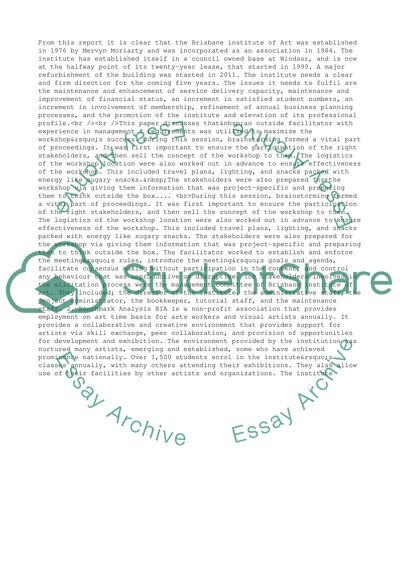Cite this document
(“Elicitation Essay Example | Topics and Well Written Essays - 1000 words”, n.d.)
Retrieved from https://studentshare.org/business/1398436-elicitation
Retrieved from https://studentshare.org/business/1398436-elicitation
(Elicitation Essay Example | Topics and Well Written Essays - 1000 Words)
https://studentshare.org/business/1398436-elicitation.
https://studentshare.org/business/1398436-elicitation.
“Elicitation Essay Example | Topics and Well Written Essays - 1000 Words”, n.d. https://studentshare.org/business/1398436-elicitation.


